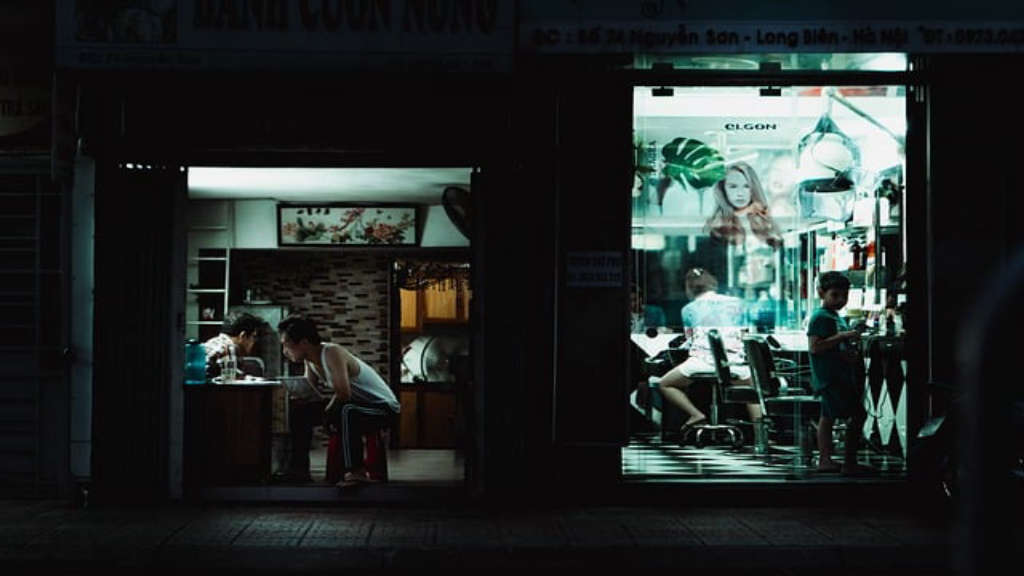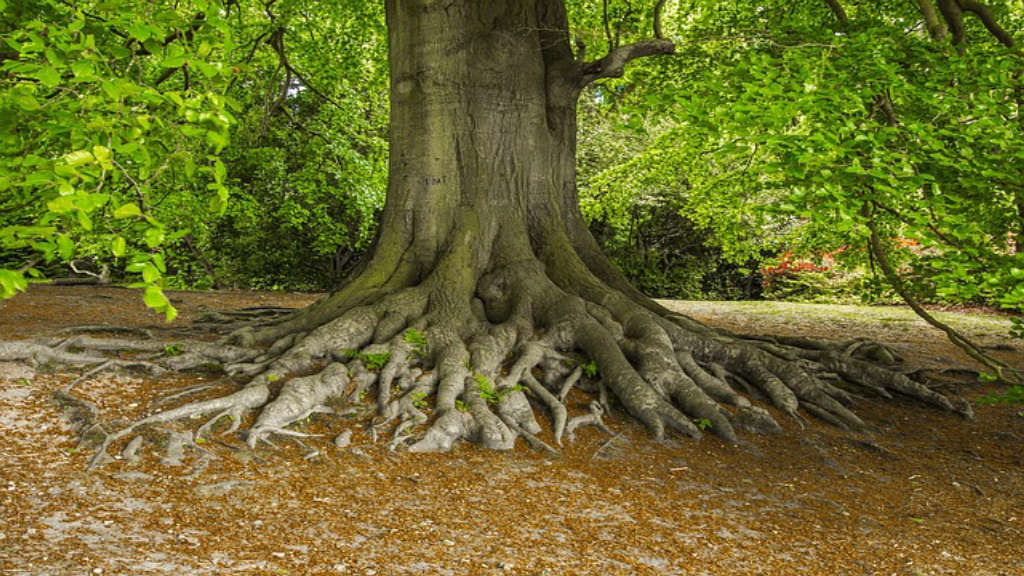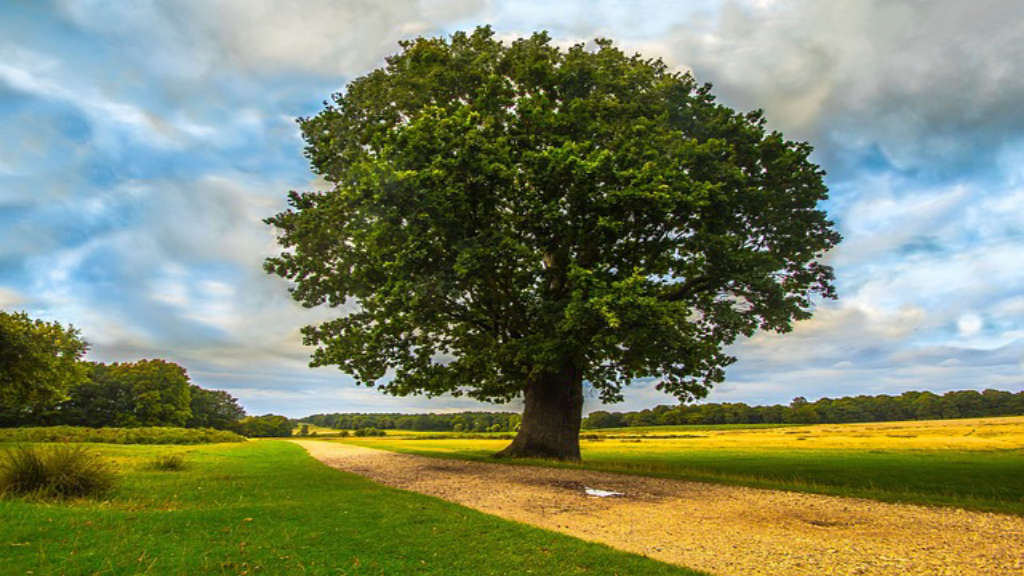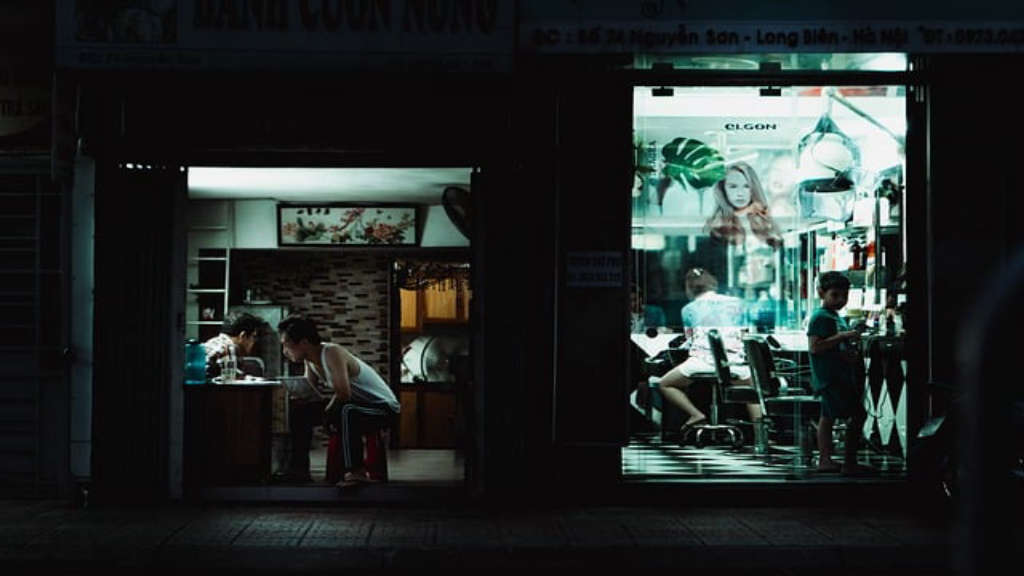In the realm of artistic expression, three-dimensional art stands as a testament to the boundless nature of human creativity. Sculpting allows artists to mold their visions into reality, creating pieces that resonate on both emotional and intellectual levels. By embracing the journey of Imaginative Creations in Sculpture, we open ourselves to a world of possibilities where our dreams can take form. This exploration invites us to see beyond the ordinary, to connect with materials in a way that speaks to the very essence of life and imagination.
Main Points
- Understanding the fundamentals of sculpture as a form of artistic expression.
- Exploring the various materials and techniques used in three-dimensional art.
- Celebrating the impact of personal imagination in creating unique sculptural pieces.

Exploring the Intersection of Technology and Traditional Techniques in 3D Art Creation
In recent years, the art world has witnessed a remarkable fusion of technology and traditional techniques, particularly in the realm of 3D art creation. This fascinating intersection is not merely a trend; it represents a profound evolution in how we perceive and engage with art. Consequently, artists are no longer confined to conventional methods but are now embracing innovative tools that augment their creative processes.
The Role of Technology in 3D Art
Modern technology has transformed the landscape of 3D art. It allows artists to push boundaries that were once thought insurmountable. For instance, computer software can now simulate intricate textures and lighting, providing artists with a toolkit that enables them to bring their visions to life in previously unimaginable ways.
However, an interesting tension exists between technological advancements and traditional artistic skills. While technology facilitates ease and efficiency, it also sparks debates about authenticity and craftsmanship. Many traditionalists argue that the essence of art lies in manual techniques and the tactile experience of creation. In this light, the challenge becomes finding a balance between embracing new tools and maintaining the integrity of traditional methods.
Embracing Traditional Techniques in a Digital Era
Despite the rise of digital tools, many artists continue to hold onto traditional techniques. They find value in the meditative aspects of traditional methods. This brings us to a curious paradox: technology serves to enhance these practices rather than replace them. For instance, artists can utilize digital tools for initial design concepts while relying on traditional sculpting methods for final pieces. This hybrid approach allows for the best of both worlds.
- Blending mediums: Artists can create stunning works by combining physical materials with digital enhancements, such as projecting light onto a sculpture to create dynamic effects.
- Interactive installations: The use of technology in traditional artistry can lead to innovative installations where people can engage with art in new and meaningful ways.
- Virtual Reality (VR): This technology opens up new avenues for artists to experiment with immersive environments that challenge the concept of space in art.
As we explore this intersection further, we uncover the unique narratives that emerge from combining these seemingly disparate worlds. Each creation carries the artist’s fingerprint, encapsulating both the time-honored techniques and the influence of modern-day tools. For instance, a 3D-printed sculpture might resonate with the echoes of clay modeling, revealing the thought processes and history behind each piece.
Challenges and Considerations
Yet, the journey isn’t devoid of challenges. The rapid pace of technological advancement can often leave artists grappling with obsolescence. As they strive to stay relevant, they may inadvertently dilute their distinctive styles. Furthermore, the accessibility of digital tools raises questions about the democratization of art creation. While technology allows anyone to create, does it also risk homogenizing artistic expression?
In conclusion, the merging of technology and traditional techniques in 3D art creation is a complex yet enriching journey. It invites artists to reflect on their practices and consider new possibilities. As we continue to navigate this evolving landscape, it is crucial to celebrate the diverse expressions of creativity while honoring the traditions that inform them. Hence, the future of 3D art may well be a tapestry woven from the threads of past and present, united by the shared human experience of creation.

Harnessing Creative Processes: Techniques for Nurturing Imagination in Sculptural Work
In the realm of sculptural art, the journey of creativity is both a fascinating and intricate process. Sculptors often find themselves navigating the labyrinth of their own imagination, where ideas can flourish or flounder. This article delves into several techniques that sculptors can employ to nurture their imaginative capacities and enhance their creative outputs.
Embracing Playful Experimentation
One undeniable method for unlocking creativity is to engage in playful experimentation. By allowing yourself the freedom to explore different materials, forms, and techniques without the pressure of producing a final piece, you can tap into an uninhibited state of mind. For instance, consider working with clay before transitioning to more difficult mediums like stone or metal. This process not only cultivates a hands-on understanding of material properties but also fosters a sense of joy that can reset your creative compass.
Developing a Structured Creative Routine
On the other hand, establishing a routine can provide the necessary framework within which creativity can thrive. Surprising as it may seem, structure does not stifle creativity; rather, it can enhance it. Designating specific times for creative work, interspersed with breaks, can help in maintaining focus. Perhaps it’s worthwhile to create a weekly schedule that includes dedicated time for brainstorming new ideas as well as for technical skills refinements. Structure creates a safe space for raw ideas to emerge.
Incorporating Mindfulness Practices
Moreover, mindfulness practices such as meditation or deep-breathing exercises can significantly impact a sculptor’s ability to connect with their inner thoughts. By quieting the mind, you create an environment conducive to new ideas and inspirations. Imagine dedicating a few moments at the start of each day to sit in silence, reflecting on your creative goals. This practice can act as a catalyst for imaginative bursts, pushing you to explore uncharted territories in your work.
Collaborative Inspiration
Lastly, seeking inspiration from fellow artists can be an invaluable technique. Interactions with other creative minds can spark unexpected ideas and methods. Whether it’s through workshops, art retreats, or casual studio visits, collaboration allows for a delightful exchange of perspectives. Do not hesitate to engage in discussions about artistic challenges; this dialogue can often lead to breakthroughs in your own sculptural expressions.
| Technique | Benefits |
|---|---|
| Playful Experimentation | Fosters joy and allows for material exploration |
| Structured Routine | Maintains focus and enhances productivity |
| Mindfulness Practices | Encourages mental clarity and idea generation |
| Collaborative Inspiration | Sparks creativity through diverse perspectives |
In conclusion, nurturing imagination in sculptural work requires a blend of spontaneity and discipline. By incorporating playful experimentation, structured routines, mindfulness practices, and collaborative inspiration into your artistic process, you can cultivate a fertile ground for creativity. In this ever-evolving landscape of sculptural art, each technique has the potential to transform not only your work but also your journey as an artist.

The Role of Emotional Expression in Three-Dimensional Artwork: Crafting Connections Through Form
In an era where digital mediums often dominate the art scene, the impact of three-dimensional artwork remains profound and irreplaceable. The tactile nature of three-dimensional pieces invites viewers not only to observe but to engage on a visceral level. This engagement fosters a unique atmosphere where emotional expression can flourish. Within this context, one begins to appreciate how artists channel their innermost feelings and thoughts through form and volume.
Understanding Emotional Expression
Emotional expression in art transcends mere aesthetics. It serves as a bridge connecting the artist and the audience. When viewers encounter a sculpture or a mixed-media installation, they are often drawn into a narrative sparked by the artwork’s form. This narrative can elicit a spectrum of responses, from joy and fascination to discomfort and introspection. Thus, emotional expression becomes a powerful tool, enabling the audience to form a personal connection with the work.
The Power of Texture and Movement
The importance of texture in three-dimensional artwork cannot be overstated. Artists play with various materials to create physical depth and complexity, bringing their emotional states to life. For instance, a rough and jagged surface might evoke feelings of struggle, while smooth curves may suggest serenity. Furthermore, the movement within the sculpture—how it interacts with light and shadow—can dramatically influence the viewer’s emotional experience. The fluidity of movement, even in a static piece, can suggest a certain dynamism, stirring feelings that might linger long after one has left the gallery. Indeed, the ways in which an audience perceives form and interacts with it are deeply subjective, inviting varied interpretations each time.
Crafting Connections
A pivotal aspect of emotional expression in three-dimensional artwork lies in its ability to foster connections. Artists often draw upon personal stories, cultural backgrounds, and universal themes to create works that resonate on multiple levels. When viewers encounter these pieces, they might see reflections of their own experiences within the artist’s narrative. This interplay of perception and emotion elevates the experience of art, transforming it into a shared journey filled with empathy and understanding.
In summary, the role of emotional expression in three-dimensional artwork is multifaceted and deeply impactful. It allows artists to convey complex feelings, offering viewers a chance to engage not just visually, but also emotionally. Through expertly crafted textures and thoughtful movement, artists create spaces where connections blossom. This dynamic between art and audience is what truly makes three-dimensional works stand out, transcending the boundaries of traditional expression. Thus, the craft of emotional expression remains an enduring force in the realm of art, one that continues to evolve and inspire.
Conclusion
In conclusion, the world of artistic expression continuously evolves, yet some themes remain timeless. Imaginative Creations in Sculpture exemplify this phenomenon perfectly, inviting viewers to explore the depths of human emotion and creativity. While technological advancements shape how we view art, the essence of sculptural imagination remains rooted in the artist’s vision. We find ourselves captivated by these creations that push boundaries and evoke thought. Art, at its core, unites us, reminding us of our shared experiences. Therefore, engaging with such works enriches our understanding of what it means to be human. As we appreciate these imaginative sculptures, let us celebrate the stories they tell and the connections they foster.
Frequently Asked Questions
What materials are commonly used in imaginative sculpture creations?
Imaginative sculptures can be made from a variety of materials, including clay, metal, glass, wood, and stone. Artists often choose materials that best convey their vision and enhance the visual impact of their work.
How can I get started with creating my own sculptures?
To begin creating your own sculptures, explore different techniques and materials through workshops or online tutorials. Start with basic shapes and gradually progress to more complex forms. Don’t be afraid to experiment and let your imagination guide you.
Are there any famous sculptors known for their imaginative works?
Yes, many famous sculptors are recognized for their imaginative creations. Some notable names include Salvador Dalí, known for his surrealist sculptures, and Jeff Koons, famous for his playful and thought-provoking pieces. Their works often challenge traditional notions of art and creativity.




